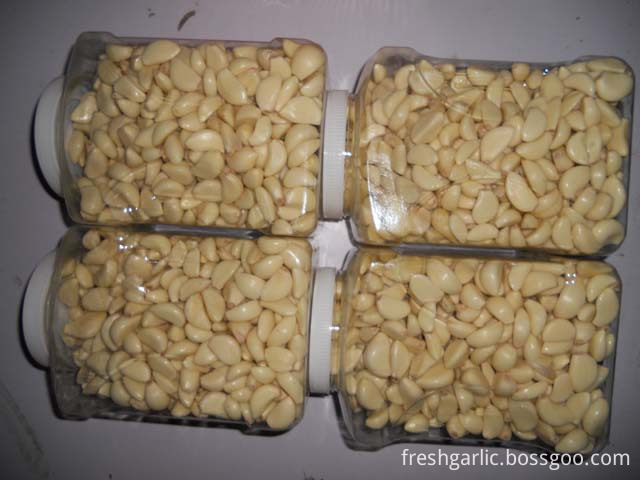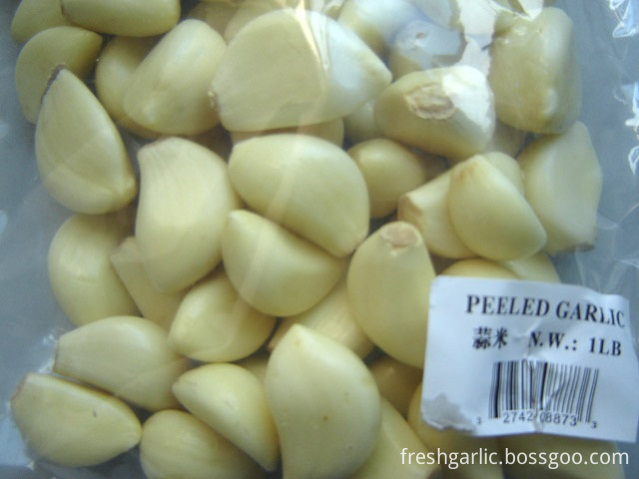The production and management techniques for the production of special eggs are the same as those for common laying hens. Here, we will focus on the main points of feeding and management before and after the production of laying hens. (a) The free feeding of modern layer chickens requires extremely high nutritional requirements for laying eggs. A new hen needs about 20 times more feed in the first egg production year. The feed intake of the young hens is fairly constant 1 month before they are put into production. It consumes about 75 grams per drink. Feed intake decreased by approximately 20% until about 4 days before the start of production, and low feed intake was maintained until egg production. Then, 4 days before the start of production, the feed intake increased rapidly, and afterwards, the medium speed increased until 4 weeks later and then slowly. Therefore, the hens should be allowed to feed freely when they start production and continue until the peak of the egg production period two weeks later. (2) Changing the diet means changing the growth diet to an egg production diet. The increase of the illumination time at the time of opening must be commensurate with changing the diet. If only increasing the light does not change the diet, the reproductive system and the whole chicken body can easily be created. Incompatibility of development. If only changing the diet does not increase the light, it will cause the body to accumulate fat, so it is generally replaced after changing the light for a week. (3) Calcium for laying hens requires 3 to 4 times more calcium than growing chickens. Egg-laying diets generally contain 3% to 3.5% calcium, not more than 4%. The proper calcium supplement for laying hens should be noted: If you feed too much calcium to laying hens, it will not only suppress their appetite, but also affect the absorption of minerals such as phosphorus, iron, copper, cobalt, magnesium and zinc. At the same time, calcium can not be supplemented prematurely. This is because if the calcium content in the feed is small during the later growth period, the ability of the young hens to retain calcium is higher, and the amount of calcium required at this time is not large. The calcium method that can be adopted in practice is: when the chicken sees the first egg, or adds some shells or calcium carbonate particles to the feed two weeks before the start of the production, some minerals can also be put in the feeding trough. The chickens were allowed to feed freely until the chicken production rate reached 5%, and the growth feed was changed to egg production.
Peeled Garlic is made of Fresh Garlic,there are two kinds fresh garlic, one is Normal White Garlic, another is Pure White Garlic. The fresh Garlic is peeled by the peeling machine or by hand.The Fresh Garlics Which are prepared for peeling are picked out carefully from various garlics. After peeling, we put them into plastic bags or bottles, then the plastic bags or bottles are putting into the cartons.
1. Commodity name: Peeled garlic
5. Conveyance: 25mts/40' HR
Peeled Garlic Peeled Garlic,Fresh Peeled Garlic,Whole Peeled Garlic,Pre Peeled Garlic JINING FORICH FRUITS & VEGETABLES CO., LTD. , https://www.forichgarlic.com
3. Packing: In carton
a) 500g*20bags
b) 1kg* 10bags
c) 5kg*2bags
d) 10kg*1bag
e) 30lbs/bag
f) 10kg/bag
g) 20lbs/bag
h) 30lbs/bag
i) 1lb 3lbs, 5lbs/jar (jars can be filled with nitrogen)
4. Supply period: All year round


The feeding and management points before and after the laying of laying hens
Prev Article
Dairy cows start from "heart"